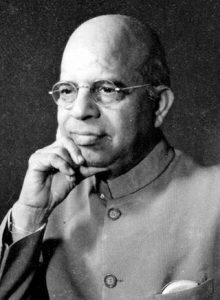
In the last week of August, Chennai was agog with activities focussing on the history and heritage of Madras. The 22nd of August is observed as Madras Day to celebrate the foundation of the modern city of Madras in 1639, when it was bought by the East India Company from the viceroy of the Vijayanagar Empire. This year marks the 384th anniversary. An enthusiastic, small group of people, passionate about the history and heritage of Madras that is now Chennai, initiated the celebration of Madras Day in 2004. It offers a stage to commemorate the foundation of this wonderful metropolis, its past and present, its vast heritage, rich culture and history. With the increasing popularity of Madras Day celebrations, demands to rename Madras Day to Madras Week, or even Madras Month are growing.
The 22nd of August is also an important day in the cultural calendar as it marks the birth anniversary of the illustrious and multifaceted Dr. V. Raghavan — an erudite scholar, researcher, writer, poet, dramatist and Indologist.
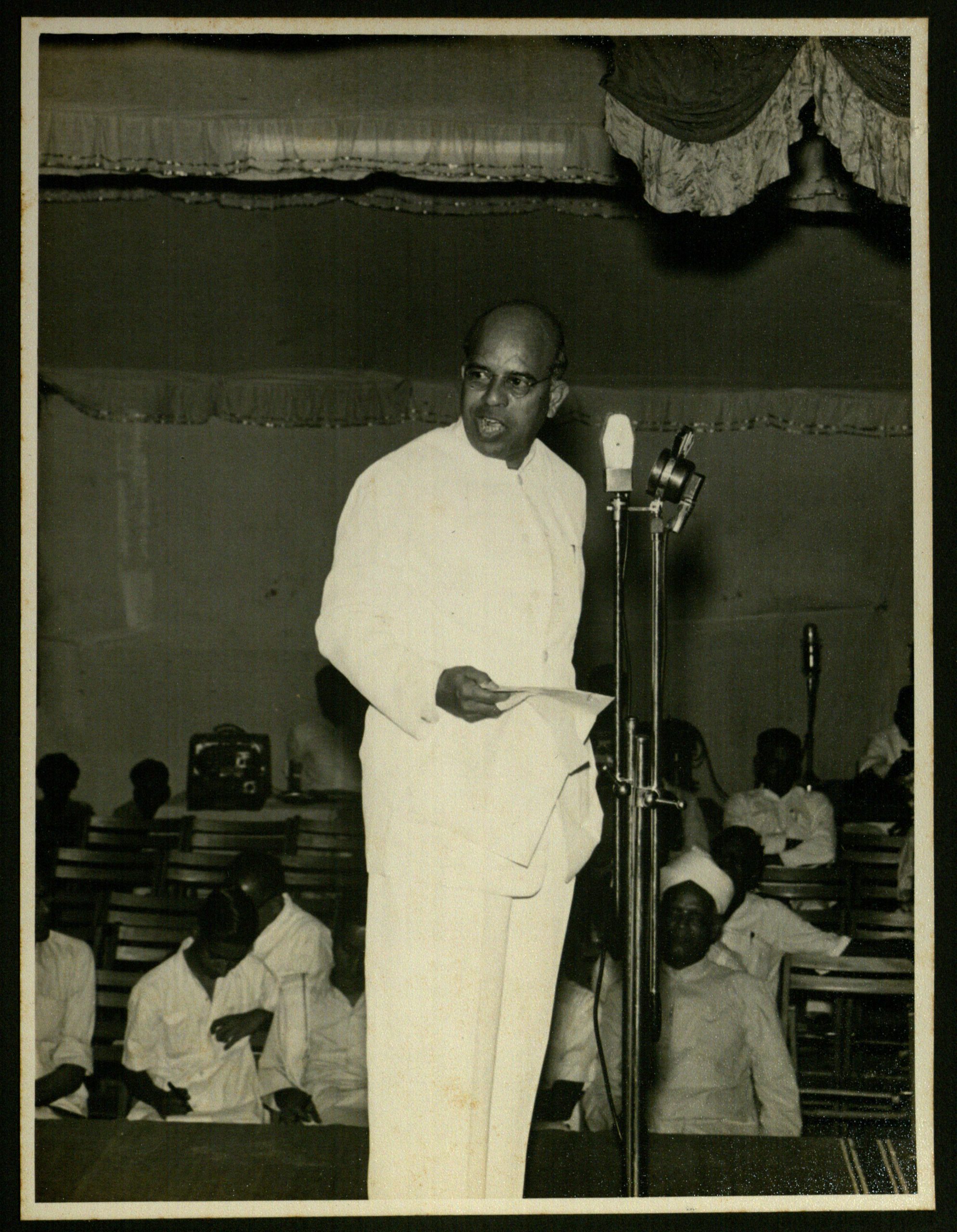
Dr. V Raghavan proposing the Vote of Thanks (1955)
His contributions to Sanskrit language, Indian heritage and its allied branches of study are invaluable. His works are precious gems which will remain a perennial source of information for generations of scholars and researchers. His meticulous, methodical and masterly technique of research, his vast accumulation of knowledge and its dissemination at a time when modern communication tools where not in vogue, are worthy of emulation. He was a perfect blend of sastra and prayoga as much as he was a firm traditionalist with a modern perspective. He was a much sought after scholar of his times. Even after several decades, his research works and writings in the fields of Sanskrit and Indology continue to be the base for further research.
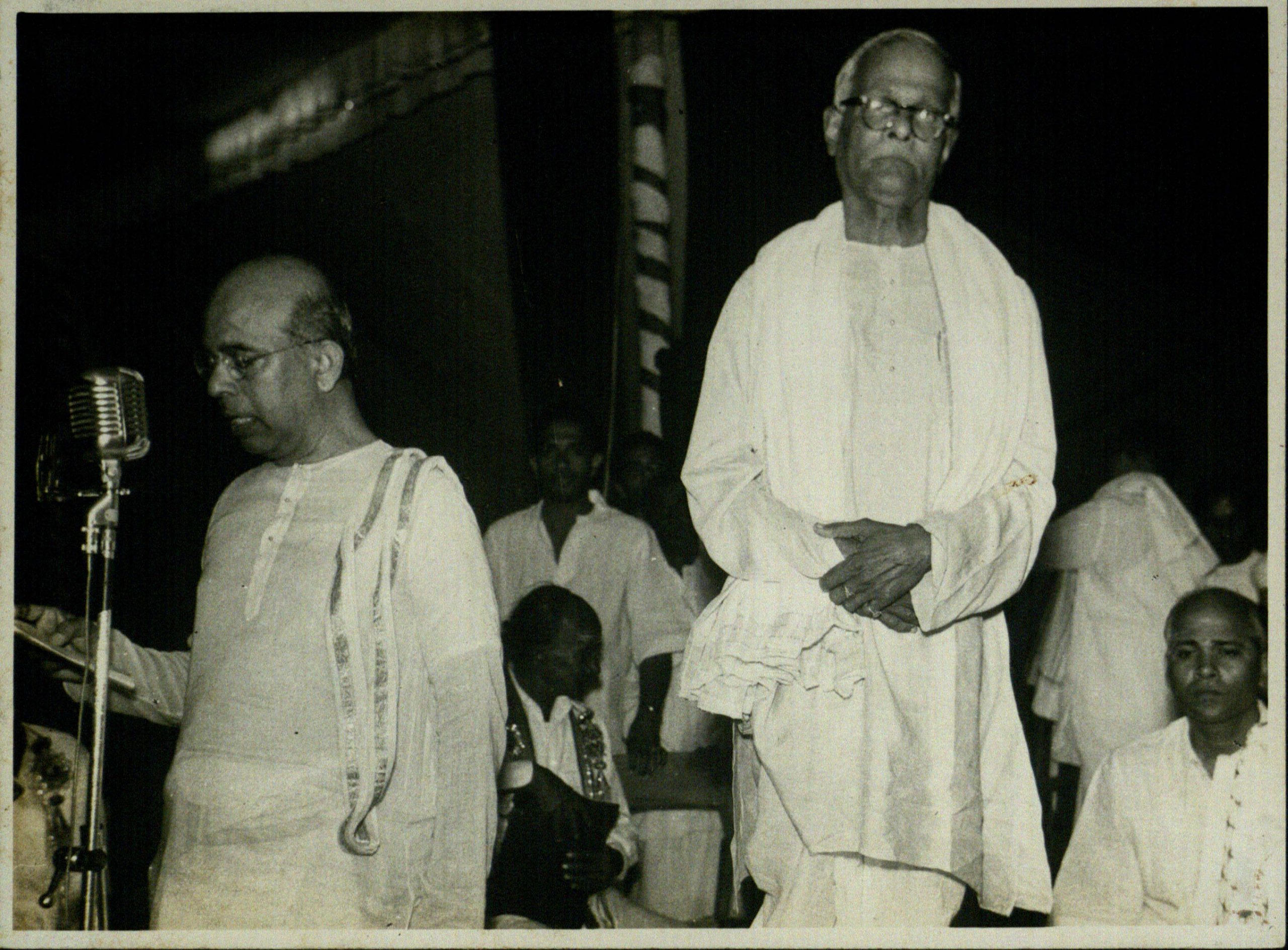
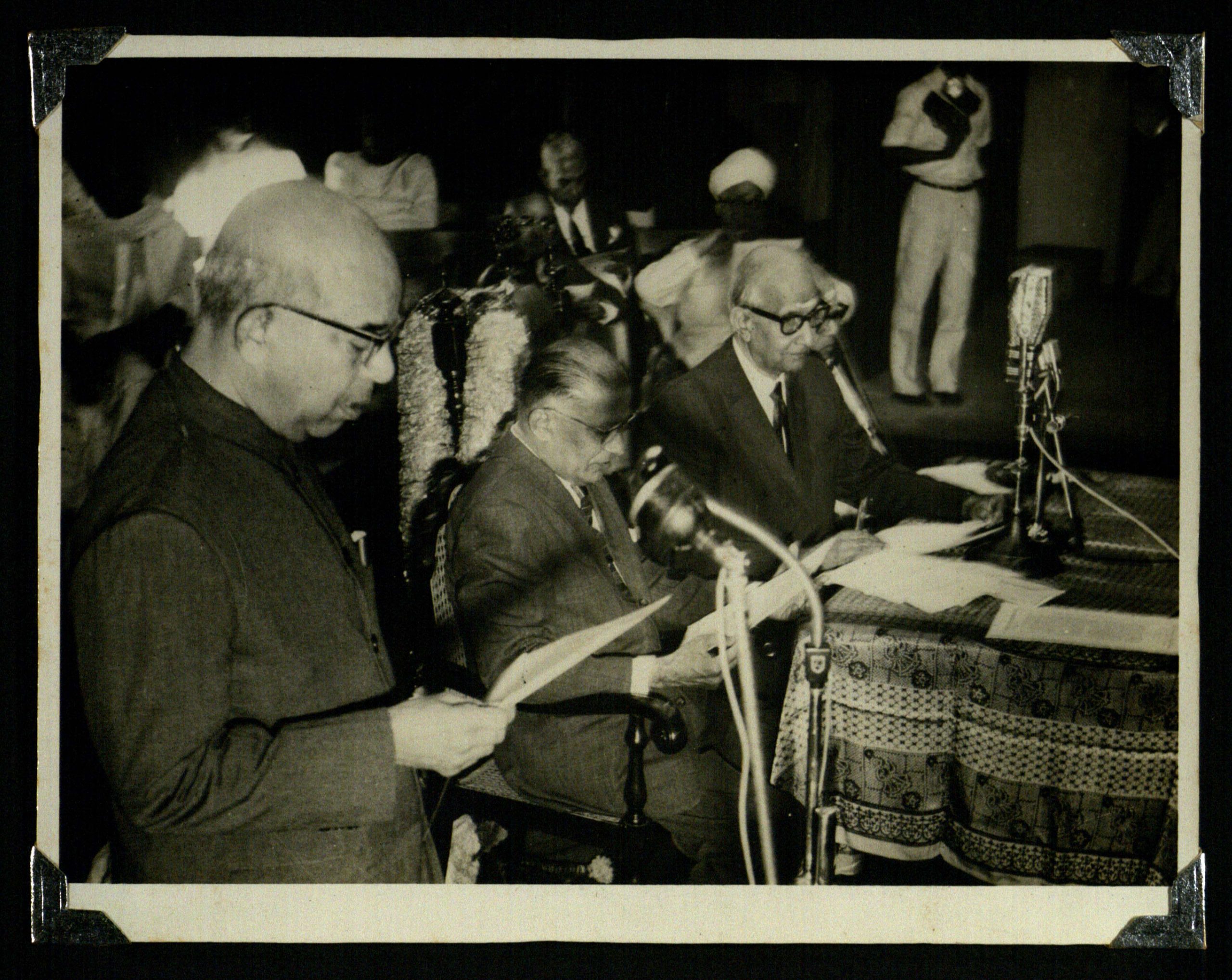
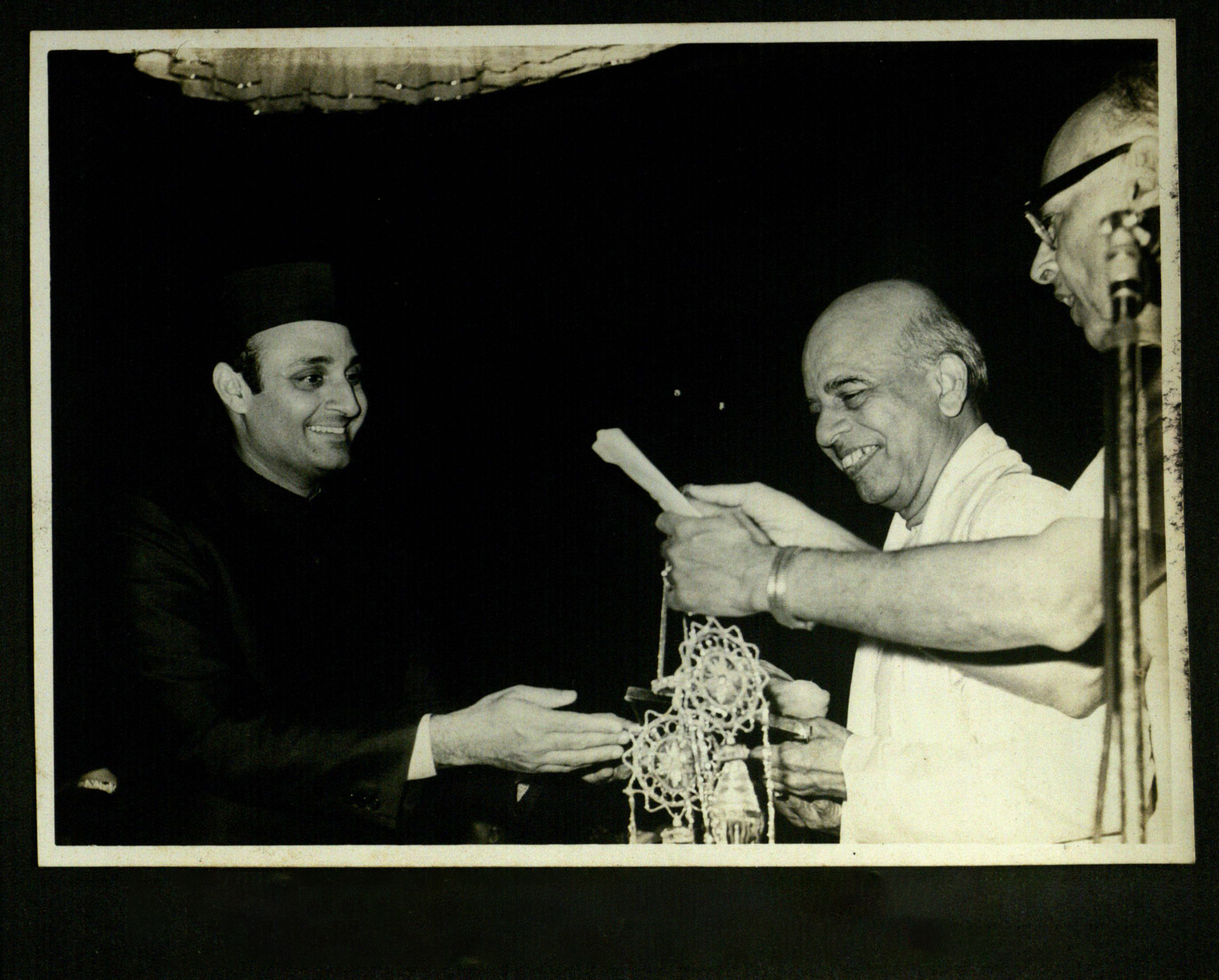
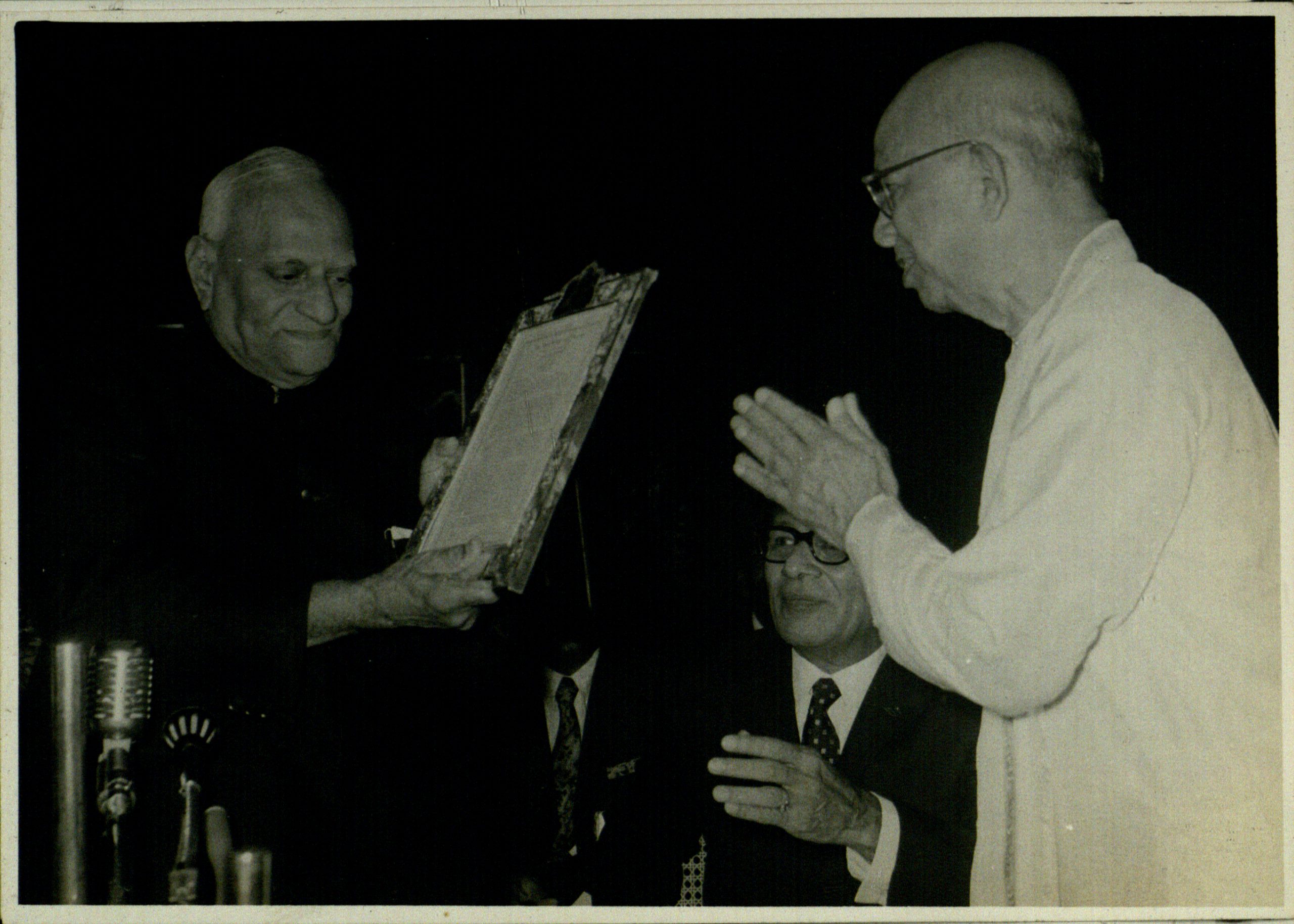
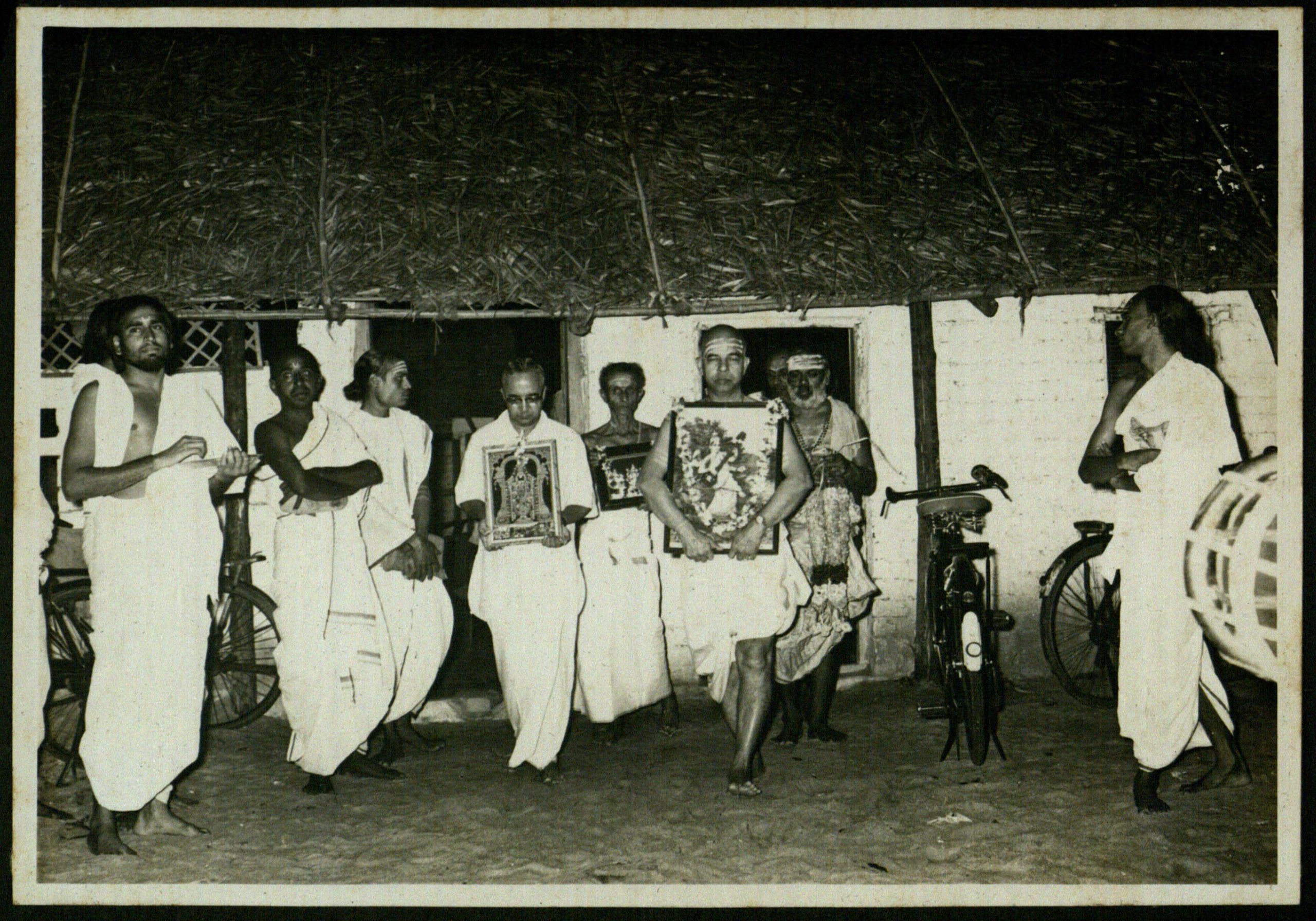
Dr. V. Raghavan was one of the leading lights of the Music Academy, Madras which he served in various capacities. He was one of its long-time secretaries. His first presentation at the Music Academy was way back in 1931 when, as a research student, he presented a paper in two parts on ‘Some Names in Early Sangita Literature’, in the Academy’s conference session. It was published in the Academy’s Journal the following year. In 1932, Raghavan read out a paper on behalf of Pandanallur Meenakshisundaram Pillai. In 1933, he moved seven resolutions during the conference, giving a glimpse of his vision for the Academy; all the resolutions were passed. The Academy’s committee welcomed him with open arms, realising they had a jewel in their midst. As Member of the Executive Board, he became the Managing Editor of the Journal in 1935, a fellow editor with T.V. Subba Rao from 1937-57, and finally the sole editor from 1958 till his demise in 1979. Dr. Raghavan himself wrote several articles every year, even as he drew upon his wide network of scholarly contacts to contribute to it; he ensured during his tenure that the Journal was never short on content.
Raghavan became an executive committee member in 1934, Joint Secretary in 1942, and took on the mantle of Secretary in 1944. Apart from planning, managing and executing the Academy’s conference schedule, noteworthy were his contributions in the form of his own writings on the literary and practical aspects of music, dance and allied aspects for the Journal. His daily reports of the conference sessions published in The Hindu, served to kindle the interest of the connoisseurs and experts alike. His expert handling of the morning sessions as well as his invaluable insights at the conclusion of each lecture, served to enhance the scholarly side of the Academy’s role in the performing arts. Due to his extensive contacts with world scholars, he could bring in excellent research papers and erudite speakers. The rich variety, content, and the choice of eminent presenters enriched the overall status of the academic sessions of the Academy. The credit must go to him for inviting several specialists from different regions of India and abroad to share their knowledge of theory, forms and practices. This enabled the Academy to widen its artistic horizons and strengthen its reputation worldwide.
In addition to his original research articles, books and monographs, Raghavan’s major research works for the Academy include an extensive English introduction to the Sanskrit text of King Tulaja’s Sangeeta Saramrita, the Telugu text Sangeeta Sarasangrahamu, Sangeeta Sudha of King Raghunatha, and four volumes of the Tamil edition of the Sangeeta Sampradaya Pradarsini of Subbarama Dikshitar.
The numerous articles that he penned for the Journal included articles on the Music Trinity, as well as his various findings during his frequent forays into manuscripts, unearthing several original compositions of famous and less known composers. These continue to serve as a large corpus of resource material for future generations.
Raghavan’s keen interest in archival collections and in visiting museums across the world paved the way for the discovery of several rare musical instruments, information about which he regularly shared in the Academy’s Journal.
His firm discipline and multifaceted involvement in the Academy’s scholarly activities helped raise the stature of the institution to that of a true “vidwat sabha”. Under his watchful eyes, Madras audiences were introduced to several national and international performing arts in the morning lecdems. He represented the Madras Music Academy as its delegate in many conferences in India and abroad, including the Unesco Music Conference, at Brussels in 1953.
T. Balasaraswati’s Classical Bharata Natya School was registered under the auspices of the Music Academy in 1953 through the efforts of Dr. V. Raghavan, eminent art patrons and like-minded members of the Academy. The school had a grand inauguration and strong beginning at Sakti Karyalayam and the classes were later shifted to a thatched roof hall in the Academy. Raghavan worked tirelessly as the correspondent of the School and even managed to get operating grants from the Central government and recognition from the Central Sangeet Natak Akademi. The arangetram of Priyamvada — Dr. Raghavan’s elder daughter who was the first student of Balasaraswati and the School — was held under the auspices of the Classical Bharata Natya School in October 1956 in a grand manner.
As Correspondent of the Teachers’ College of Music of the Music Academy, he maintained high standards in propagating and promoting the theory and practice of Carnatic music.
In recognition of Dr. V. Raghavan’s services and contribution, the Music Academy, on its part, joined in his 60th birthday celebrations with the Shashtiabdapurti Trust. A grand public function was organised on 22nd August 1968, in association with the Music Academy, which concluded with a vocal concert by M.S. Subbulakshmi. Scores of scholars, artistes, admirers and friends in the field of Sanskrit, arts and culture participated and felicitated Dr. Raghavan on the occasion. The same year, during its annual festival, the Academy honoured Dr. Raghavan with a Certificate of Merit for his invaluable contributions. An endowment lecture has been created in his name — eminent personalities like Dr. Kapila Vatsyayan, Pandit Ratanjankar, Pandit Ravi Shankar and Dr. Emmy te Nijenhuis have delivered lectures in this series.
Some of Dr. Raghavan’s Sanskrit compositions were premiered at the Music Academy. His ‘Syama Sastrin namostutey’ (Sama raga/Misra Chapu tala) was sung by Sangita Kalanidhi M.L. Vasanthakumari. Raghavan’s tribute to the Academy, ‘Sangeeta vidwat sabha jayati’, which he penned for its golden jubilee, was set in the 50th melakarta Namanarayani, Adi tala, by Sangita Kalanidhi M. Balamuralikrishna who rendered it in his Academy concert that year. (Click on the link below for excerpts from the composition.) You can listen to the full song and concert at the Music Academy’s Tag Digital Listening & Viewing Archives. Recently, on 17th August 2023, the alumni of the Advanced School of Carnatic Music of the Music Academy, presented this song in a concert of Carnatic Compositions on Madras to celebrate the founding of the city. (Click on the audi-video link below).
Dr. Raghavan remained at the helm of affairs in the Academy till his death in April 1979. He represented a continuity, he was the important link between the late founders and the new members of the institution. It was a magnificent 50 years of association from which the Academy benefitted immensely.
The Dr. V. Raghavan Research Centre was inaugurated in the Academy in 1982. Raghavan’s portrait now adorns the VIP foyer (there is also one in the library) along with a few others — a standing testimony to the stellar role he played in help setting and maintaining high standards of the Academy.
To commemorate both Madras and Dr. V. Raghavan, here is an offering of a “double delight” for our readers — an interesting article about old Madras written by Dr. Raghavan titled “Some Musicians and their Patrons about 1800 AD in Madras City”. This was published in Vol. XVI of the Journal of the Music Academy in 1945.
Sangeeta vidwat sabha jayati sung by M Balamuralikrishna
S. JANAKI